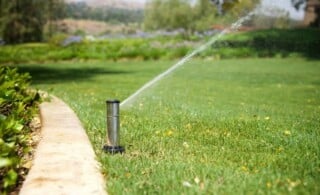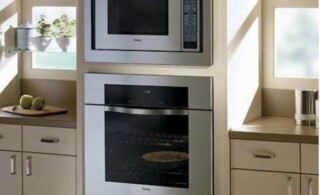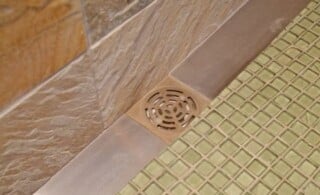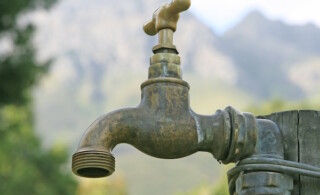The term “hard water” refers to any water that retains larger amount of minerals, such as calcium and magnesium. These minerals can cause many negative side-effects to your home because they can build up lime scale in your pipes and seriously reduce, or even block, proper water flow. The best way to remove these destructive minerals is to filter them out with a water softening system.
Hard Water Damage
Not only can this mineral-enriched water clog your pipes, but it also disturbs its daily use. When there is a build-up of minerals in your water, it affects whatever it touches, and several things can occur:
- Spotting: Minerals in your water makes it difficult for soap to dissolve, therefore when washing clothes, dishes, showers, or even your car, you may find it tough to rinse off the detergents. This can cause additional soap build-up on your dishware, clothes, sinks, and appliances. By using water softening systems, you won’t have to use as much soap and it will wash away more efficiently for brighter, softer clothes and fewer blemishes on tubs and sinks.
- Damage: Since hard water increases mineral and soap build-up, items in your house may become injured, reducing their life-span. Your clothes take more abuse; any painted surface that collects water will decay sooner; and even your appliances which use this water will fail faster (washers, coffee-makers, hoses, pipes, etc.).
- Irritation: Everything you wear, including your skin, must be washed with water. If soap collects on your body then irritation, rashes, dry skin, and chafing may occur. Therefore, if you invest in a water softening system, you may notice your skin and hair is softer and smoother because you are able to properly rinse off the later.
- Cost: Heating mineral-enriched water causes scaling on the inside of the water heater, making them less efficient and therefore raising your utility bills.
How It Works
Within a water softening system, a large cylinder holds a resin bed, which is constructed of a few pounds of plastic beads. When the resin bed is prepared with a salt wash (a process called regeneration), these sodium-coated beads are able to transfer each calcium ion of the hard water with a sodium ion replacement, making your water “soft” and manageable. Though this may make drinking water a bit saltier, most of the time the amount of sodium in the water is so small it remains undetectable. It won’t significantly raise your daily sodium intake, won’t deprive the water of its essential nutrients, and is perfectly safe to drink. Water purification systems are akin to the softening systems in many ways.
Maintenance and Cost
Though the initial price of these systems is not cheap, they are virtually maintenance-free and can last up to twenty-five years without replacing any parts. The only think you have to remember is to add salt to the system so that the machine can refresh its resin beds, but even this can be made easier since most contractors that you hire for installation also offer programs that allow professionals to come and replenish your salt on a regular schedule. However, if you choose to do this task yourself, salt is inexpensive, can be found in any supply store, and can be bought in bulk for additional savings. For optimum efficiency, make sure the sure the salt level is at least half-full at all times and check it about once a month. But if you forget, it’s easy to tell if your salt is running low: while in the shower you’ll have difficulty rinsing the lather out your hair.
As for running costs, it largely depends on how much water you use and where you live: How much calcium-enriched water is retained in your area of the county? But these daily costs aren’t very expensive, and since the system has such a long life-span, the benefits quickly outweigh the minimal cost of everyday use.
 When to Call a Hot Water Dispenser Technician
When to Call a Hot Water Dispenser Technician  8 Water-Saving Home Renovations
8 Water-Saving Home Renovations  Wall Ovens
Wall Ovens  Clogged Drains
Clogged Drains  Outdoor Outlets and Faucets 101
Outdoor Outlets and Faucets 101 

Are You Familiar With This Topic? Share Your Experience.